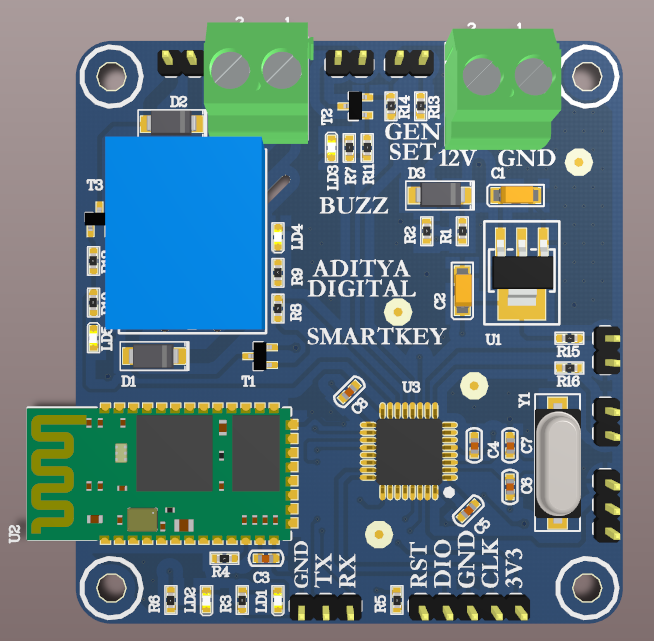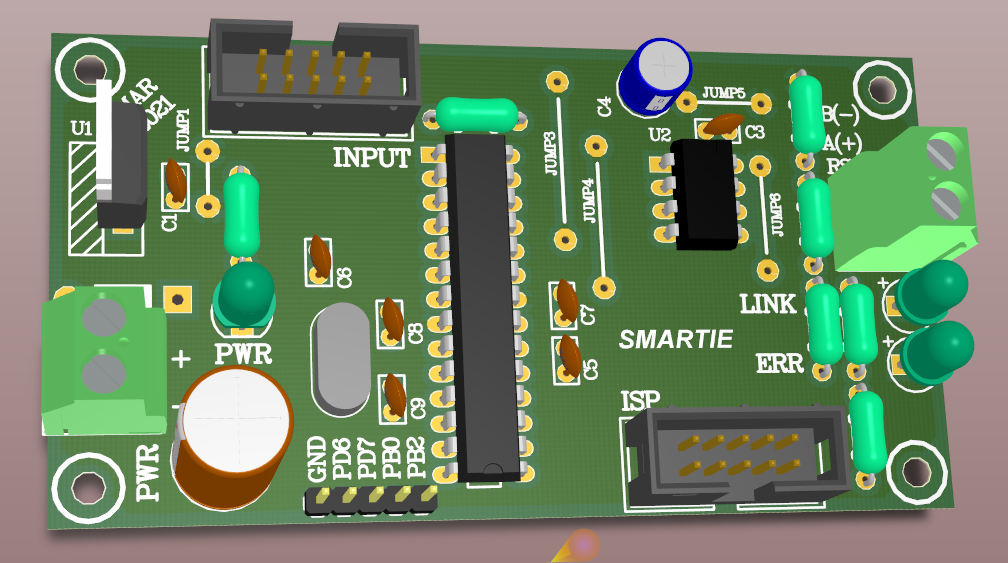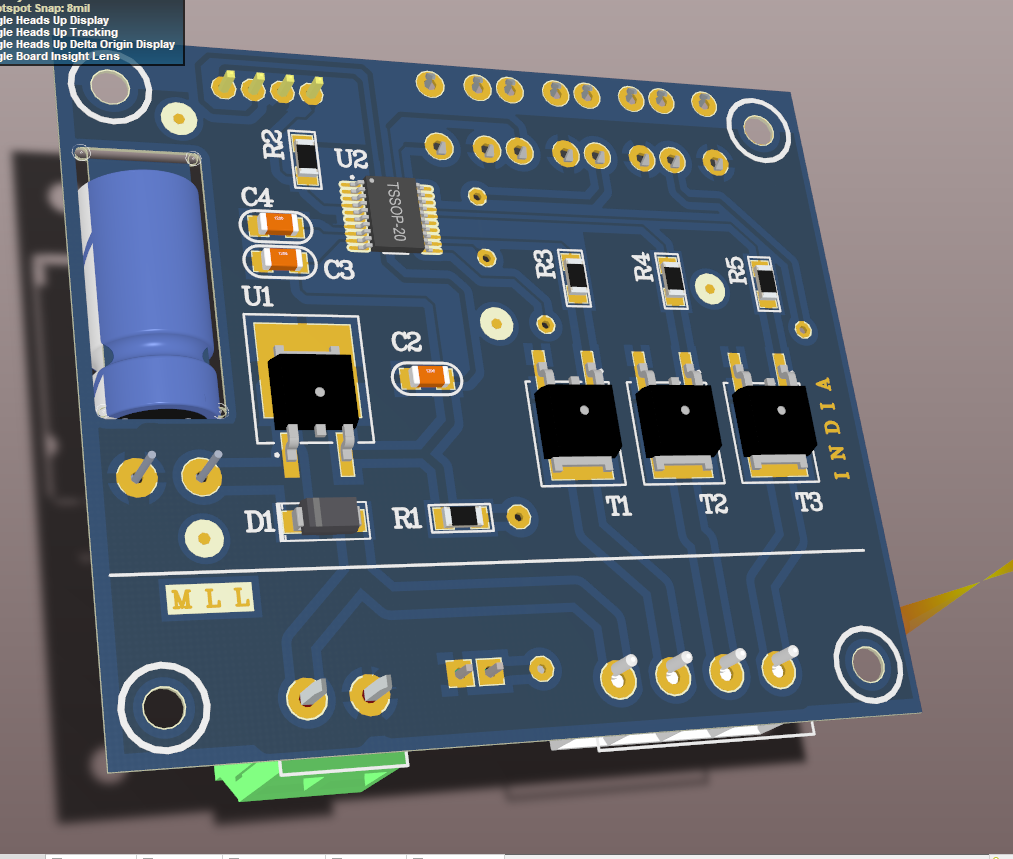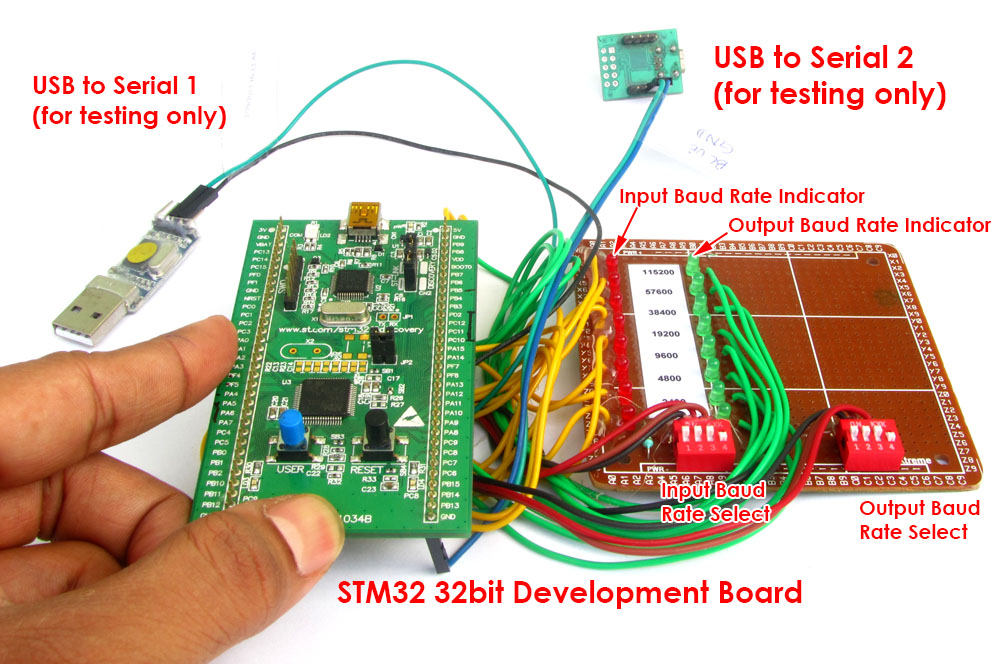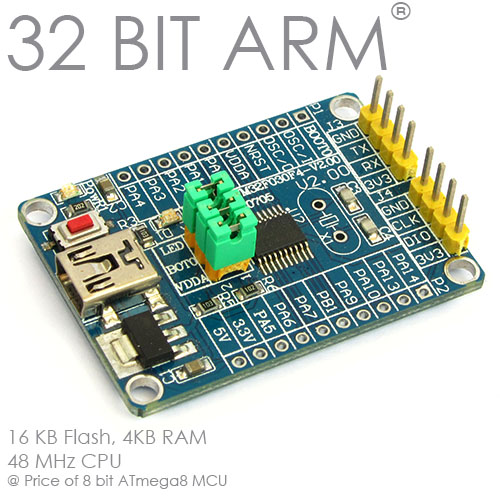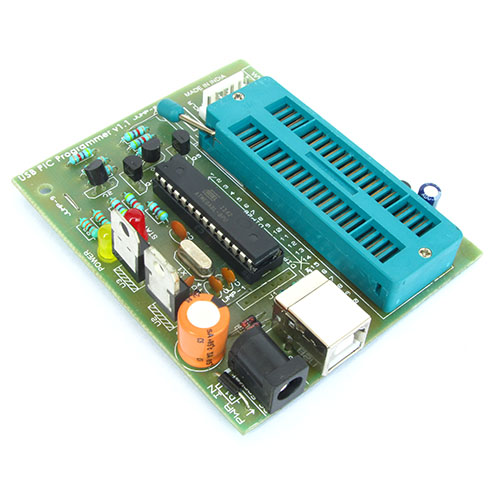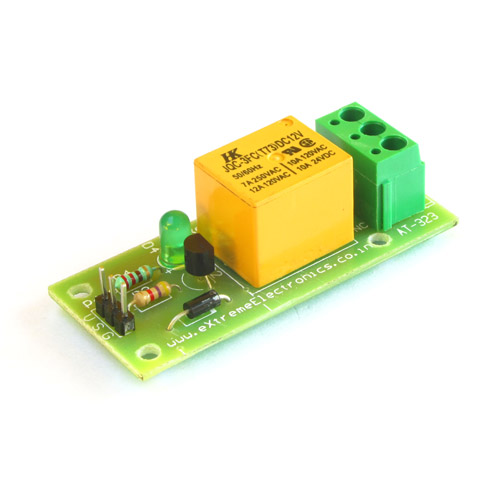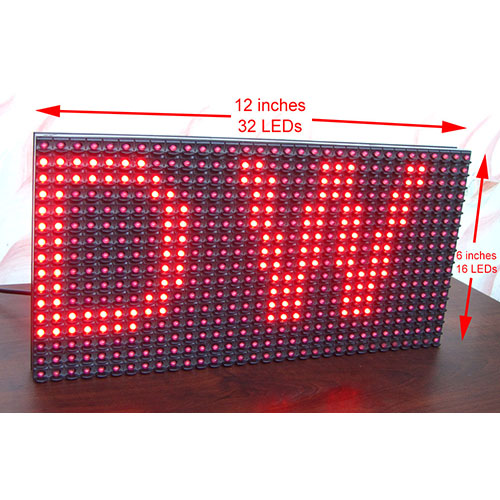In this article we will learn to design a simple breakout board for XBee module. The question that might rise in your mind is why we need a breakout board for a XBee module? Well, this is because it it much easier to connect to your microcontroller development board than bare XBee modules. The breakout board will have only four lines for interface while the XBee module has ten! Also we will space out these four pins at 0.1inch unlike the XBee module where they are spaced at 2mm interval. Since beginners use microcontrollers that are usually 5v chips while XBee module works at 3.3v, we will integrate a 5v to 3.3volt regulator in our XBee module. We will also integrate a zener diode based circuit on the line that carries data from microcontroller to our XBee to reduce the voltage to 3.3v to make it safe for the XBee module.
XBee Adapter's Block Diagram

XBee Adapter's Circuit Diagram

Here in our design D2 is used for reverse current protection. It helps protect the LM1117 (U1) from getting damaged in case the user connect the power input in wrong polarity. The IC LM1117 is used to convert 5v input to 3.3v which is then fed to the XBee module. The green LED, D1 is used as a power indicator.
The circuit made using R5 and D5 changes the voltage level from MCU's Tx line to 3.3v and then feed it to the data input pin of XBee.
We have also provided two more LEDs RSSI and ASSOCIATE and two push buttons RESET and Commissioning to make the life still easier!
We cordially thanks the following peoples who shared this page on various social networks and insprided us to develop more quality contents!
Bacel, Temmietope Horpeyemie, Marice, Sarathkumar, Avinash Gupta,





